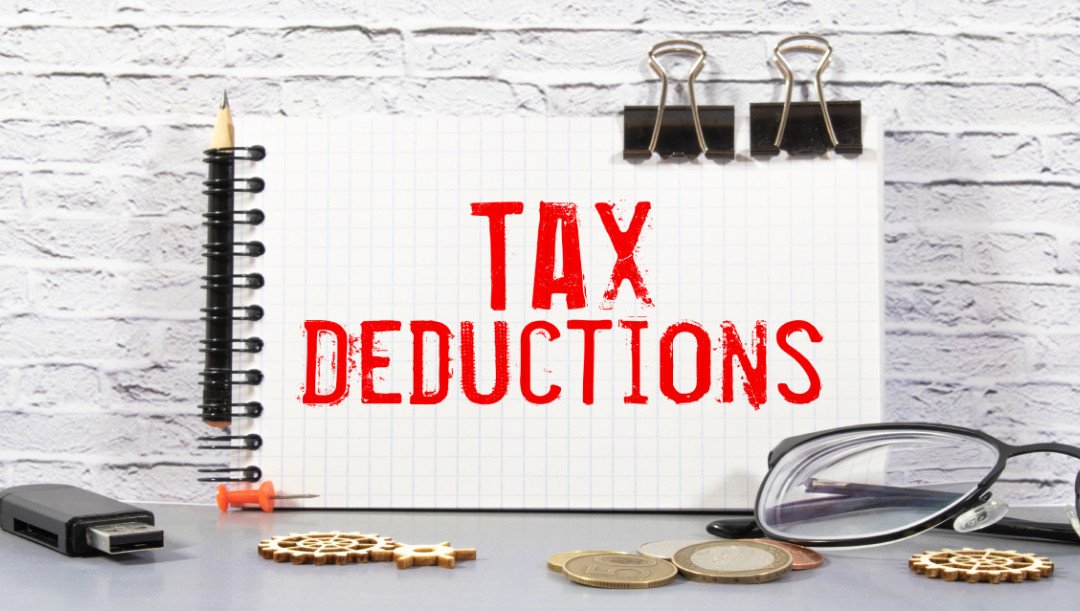Tax deductions can significantly reduce your taxable income, leading to substantial savings when you file your taxes. However, many taxpayers overlook or misunderstand the deductions available to them. This guide will highlight some common tax deductions that can help you save money, whether you're an individual taxpayer or a business owner.
1. Standard Deduction vs. Itemized Deductions
Before diving into specific deductions, it's essential to understand the difference between the standard deduction and itemized deductions:
- Standard Deduction: A flat amount that you can deduct from your income. For the 2023 tax year, the standard deduction is $13,850 for single filers and $27,700 for married couples filing jointly.
- Itemized Deductions: Specific expenses you can deduct instead of taking the standard deduction. You'll need to list these on Schedule A of your tax return.
Tip: Evaluate whether the standard deduction or itemized deductions will give you a better tax advantage. If your itemized deductions exceed the standard deduction, consider itemizing.
2. Medical and Dental Expenses
You can deduct unreimbursed medical and dental expenses that exceed 7.5% of your adjusted gross income (AGI). This includes:

- Payments for medical services, prescriptions, and preventive care
- Long-term care insurance premiums
- Certain transportation costs related to medical care
Tip: Keep thorough records and receipts for all medical expenses throughout the year to simplify the deduction process.
3. Mortgage Interest Deduction
If you own a home and have a mortgage, you can typically deduct the interest you pay on that mortgage. This deduction applies to mortgages up to $750,000 for new loans taken out after December 15, 2017.
Tip: Obtain Form 1098 from your mortgage lender, which reports the total interest paid for the year.
You can deduct state and local taxes, including property taxes and either state income taxes or sales taxes, up to a combined limit of $10,000.
Tip: If you live in a state with high taxes, consider keeping meticulous records of your tax payments to maximize this deduction.
Donations to qualified charitable organizations can be deducted if you itemize your deductions. This includes cash donations, as well as the fair market value of donated goods, such as clothing or household items.
Tip: Always obtain a receipt or acknowledgment from the charity for any contribution over $250.
6. Business Expenses
If you're self-employed or run a business, you can deduct various business-related expenses. Common deductions include:

- Office supplies and equipment
- Business travel expenses
- Home office expenses (if applicable)
- Marketing and advertising costs
- Professional fees
Tip: Keep detailed records of your business expenses and consult a tax professional to ensure you claim all eligible deductions. For personalized advice, visit Lodestar Taxes.
7. Education Expenses
If you're pursuing higher education or professional development, you may qualify for deductions related to tuition and fees. The Tuition and Fees Deduction allows you to deduct up to $4,000, depending on your income level.
Tip: Explore other education-related tax benefits, such as the Lifetime Learning Credit, which can further reduce your tax liability.
Contributions to retirement accounts can often be deducted, reducing your taxable income. For example:
- Traditional IRA: Contributions may be deductible depending on your income and whether you or your spouse are covered by a retirement plan at work.
- 401(k): Employee contributions to a 401(k) are made pre-tax, effectively lowering your taxable income.
Tip: Maximize your contributions to retirement accounts to benefit from tax deductions while saving for your future.
If you're paying off student loans, you can deduct up to $2,500 of interest paid on qualified student loans. This deduction is available even if you do not itemize your deductions.
Tip: Ensure that you receive Form 1098-E from your loan servicer, which reports the amount of interest paid.
10. Child Tax Credit

While not a deduction, the Child Tax Credit provides significant savings for families with qualifying children. For the 2023 tax year, the credit is up to $2,000 per qualifying child under the age of 17, subject to income limitations.
Tip: Make sure to check the eligibility requirements and income thresholds to ensure you qualify for the credit.
Conclusion
Understanding and utilizing common tax deductions can lead to substantial savings on your tax bill. By staying organized and aware of the deductions available to you, you can minimize your tax liability effectively. For more personalized tax planning and assistance, consider consulting a tax professional at Lodestar Taxes.
By leveraging these common tax deductions, you can make the most of your financial situation and keep more money in your pocket. Always consult a tax advisor to ensure you're maximizing your deductions while staying compliant with current tax laws.

